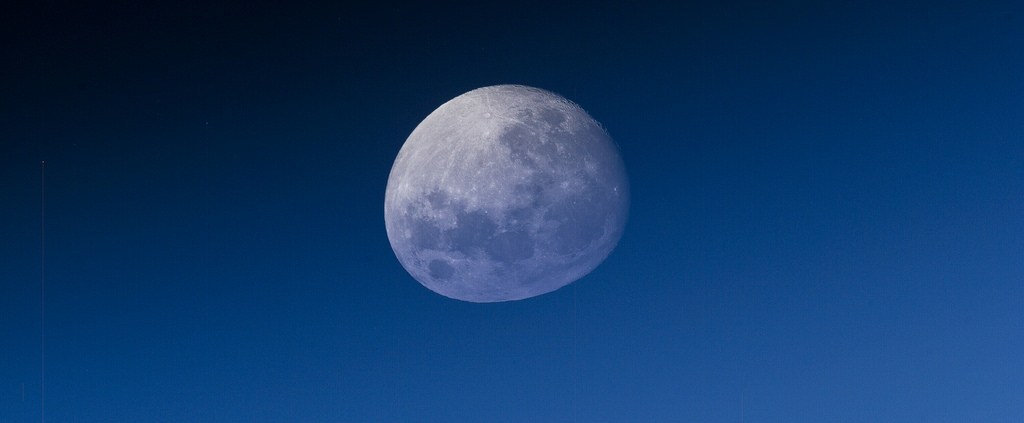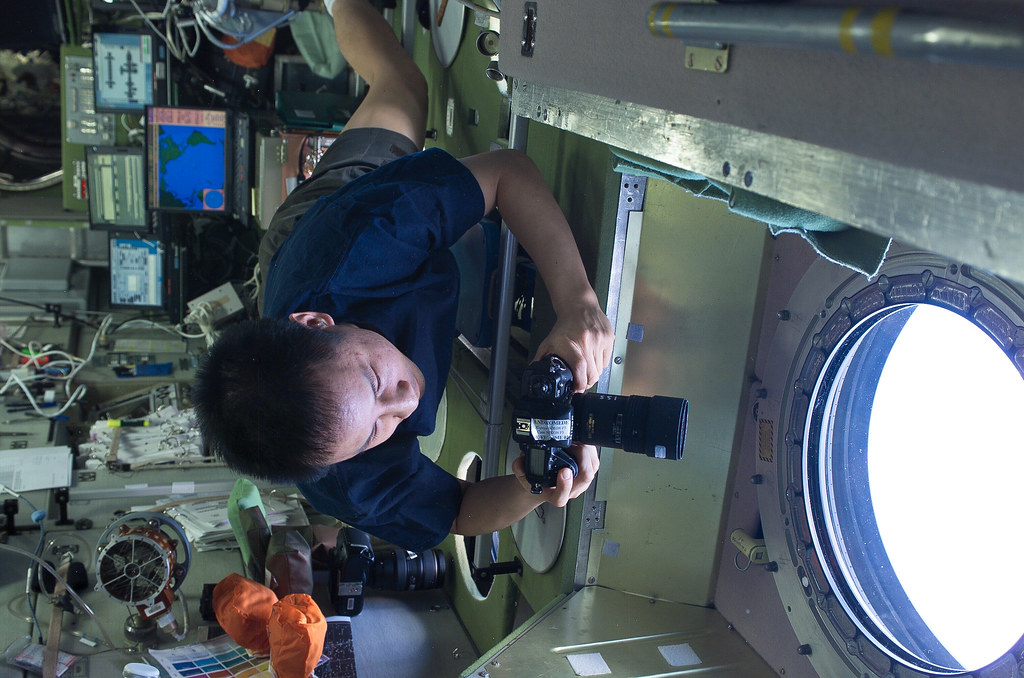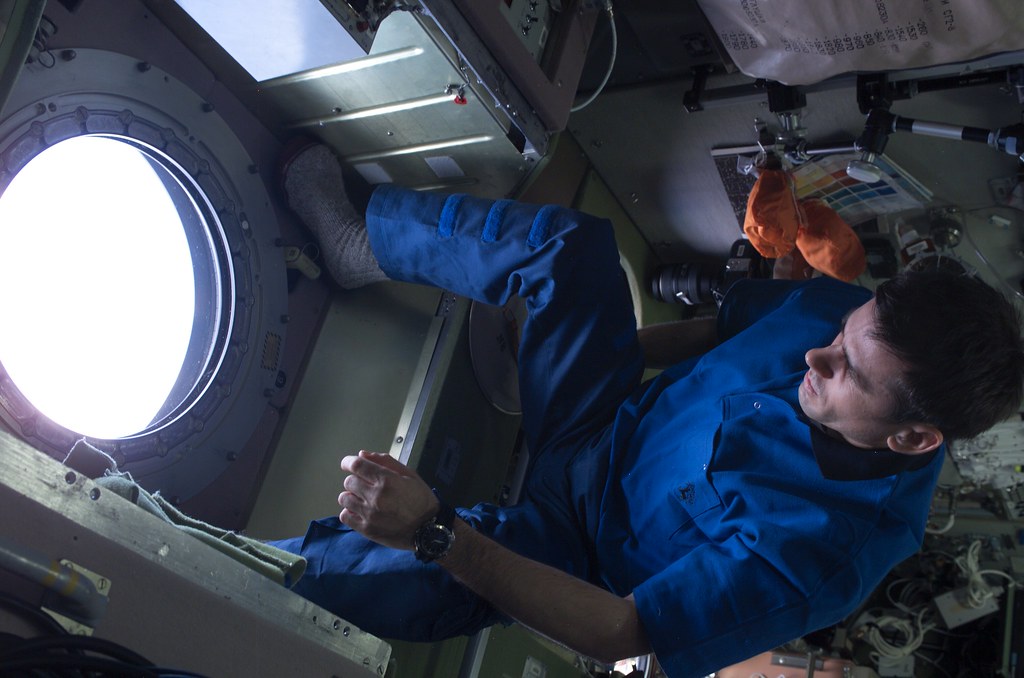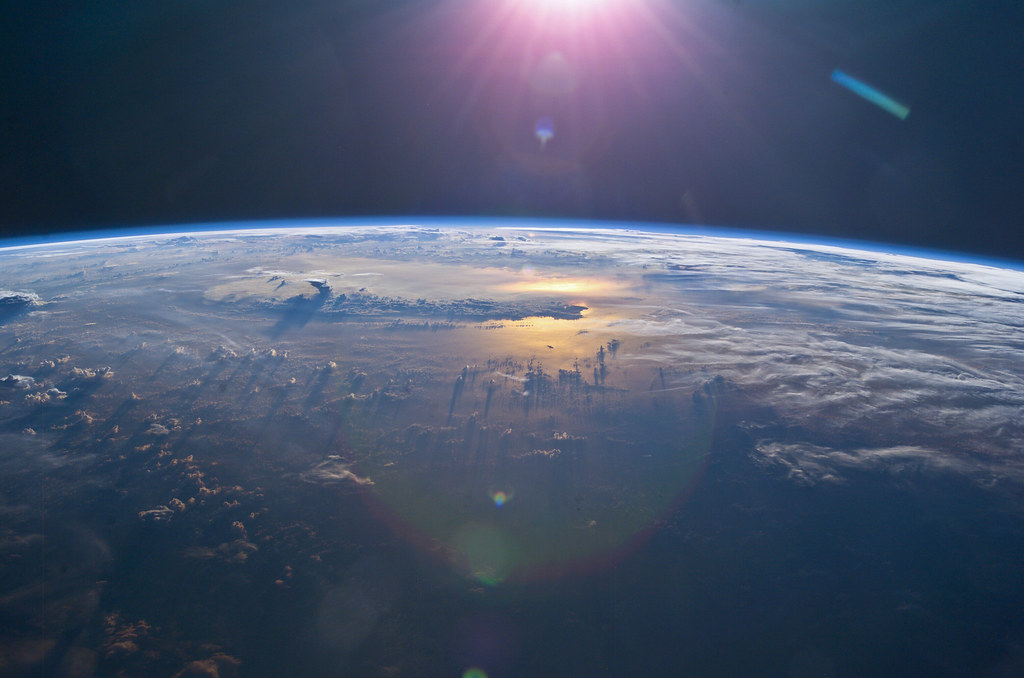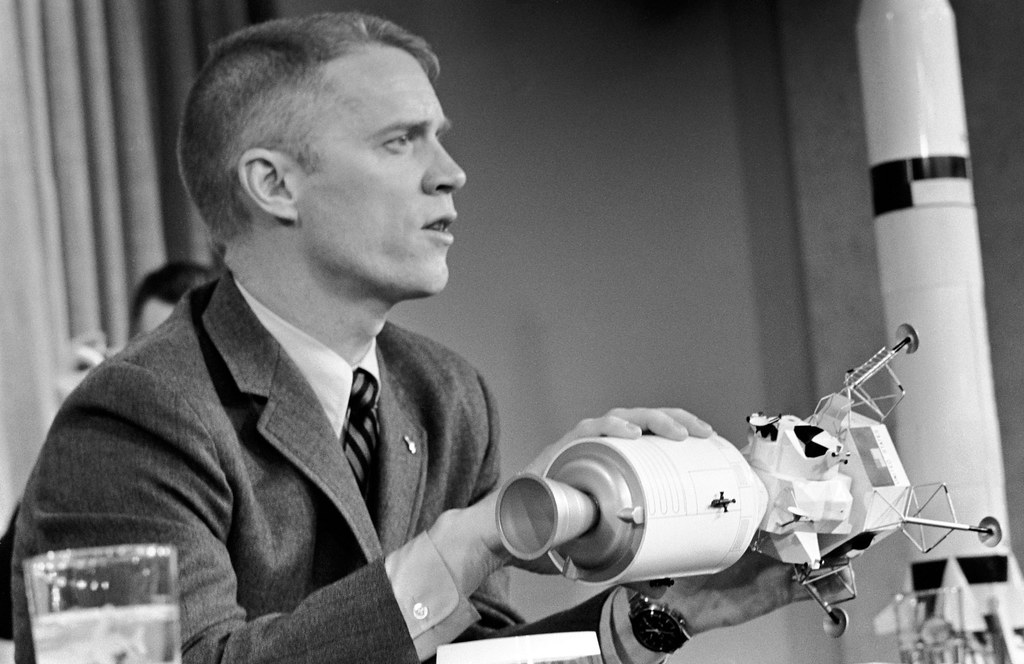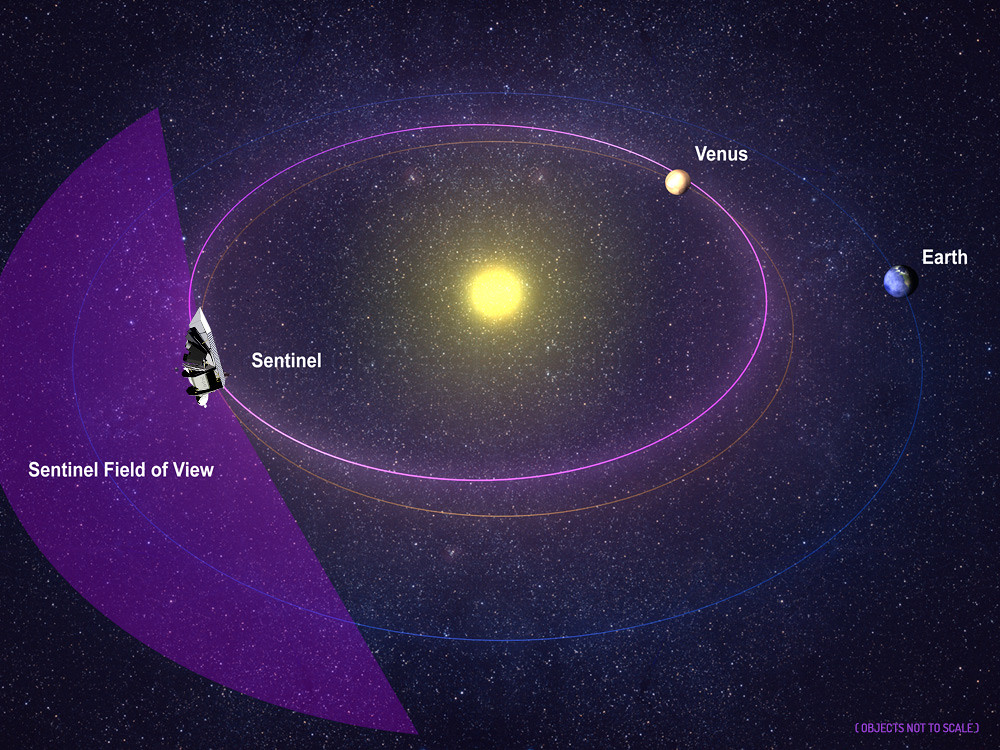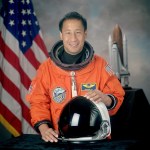
Ed Lu is a highly accomplished scientist and an astronaut who has logged 206 days in space over three missions for NASA. Now he's working as the CEO of the B612 Foundation, a non-profit whose goals include protecting the Earth from Armageddon-style asteroid destruction. Oh, and he's also the guy who installed the toilet in the International Space Station (ISS).
Ed nearly missed his opportunity to travel to the ISS when, after the Space Shuttle Columbia disaster in 2003, NASA grounded its missions to space, leaving a number of unanswered questions about the future development of the orbiting space station. In April 2003, on very short notice, he was asked to team up with Russian cosmonaut Yuri Malenchenko on the Soyuz TMA-2, which launched from Kazakhstan and delivered the two astronauts to the ISS as part of ISS Expedition 7.
Over the course of the next 6 months, in addition to construction on the space station and learning how to cut and vacuum one’s hair in zero gravity, Ed took a lot of photos of Earth, of the moon, and of the empty world around their orbiting home. He gained a deep appreciation for the planet that was his home, capturing a number of stunning images of cities and natural features from the privileged perch in orbit. When he turned his lens on the moon, however, Ed sparked a passion that has driven him ever since.
“When seeing the cratered surface of the Moon contrasted with our blue Earth, it is quite obvious that we do need to protect ourselves from being hit by asteroids,” he said.
Though it sounds like something out of a big-budget action movie, Ed is very serious about the need to protect the Earth from asteroid impacts. He and his colleagues at the B216 Foundation have been concerned about the possibility for some time, but the Chelyabinsk meteor explosion over Russia in February 2013 seems to have convinced a lot of people that the threat is worth paying attention to. They have testified in front of the United States Congress, and they are raising a significant amount of money ($450 million) for their cornerstone project, the Sentinel Mission.
Sentinel is a deep-space, infrared telescope that will be positioned between Venus and Earth and will catalog the asteroids in Earth’s region of the solar system that are larger than 140 meters. Once documented, Sentinel will make it feasible for governments or private entities to launch missions that would deflect the Earth-destroying asteroids that could descend upon us. The telescope is currently expected to be launched in 2018 and will be in operation for more than 6.5 years, but may go longer if the telescope ages well.
Ever the humble space hero, Ed sees his current work as fundamental to the safety of us all. “Nothing I have ever done is as significant as the Sentinel Mission,” he said. “It is quite an honor getting to work on defending our planet!”
We’re thrilled that Ed made the time for this extended Q&A with us on the Flickr Blog.
How did you get into taking pictures here on Earth? Has it always been a passion for you?
One of the great side benefits of being an astronaut is that we received extensive training in photography. We were encouraged to take our photography gear wherever we went and to take as many pictures as we could. The idea was to make us so familiar with the equipment that we didn’t have to put a whole lot of thought into putting on lenses, flash units, etc. And then, we’d go over the photos with our instructors who would critique everything. One of the things I’ve learned is that there really is an art to taking good photos! And yes, since then it’s become one of my passions!
Given that it’s cramped on board the ISS, did you have any strategies to minimize these issues while shooting? Any tricks for getting the right lighting?
It actually isn’t that hard to take pictures aboard the Shuttle or ISS — it’s all a matter of having good equipment and a big selection of lenses! We did use flash for internal photos (often for fill flash), but on occasion I would take photos using natural light through the window (see the photo above of Yuri looking out through the floor window in the Service Module).
Were there any particular challenges to taking pictures of the Earth? Was it hard to choose what to shoot?
It does take some time learning how to shoot good pictures of the Earth. Since we weren’t limited in how many photos we could take, we took pictures of everything. Sometimes the key is just to take lots of pictures, and then some of them turn out to be good ones! During the mission I took lots of close-up shots of cities (using a 400mm lens with a doubler), but now I find that the photos I like best are ones with a much wider field of view that show a panorama including the horizon of the Earth. Like this one I took over the Pacific Ocean.
Not everybody can say that they are at the forefront of planetary defense. Can you tell us about leading the Sentinel Mission, the project of the B612 Foundation which you co-created with Apollo 9 astronaut Rusty Schweickart?
I’ve been privileged to be able to take part in some very important and far-reaching projects, but I can say that nothing I have ever done is as significant as the Sentinel Mission. It is quite an honor getting to work on defending our planet!
What is the state-of-the-art for imaging potentially dangerous asteroids right now?
Currently, all operating telescopes combine to discover about 1,000 Near Earth Asteroids per year. However, there are about 1 million asteroids that could hit Earth that are large enough to destroy a major city. Do the math and you can see why the Sentinel Mission is needed.
Wildlife photographers look for fast-moving objects fractions of a degree across, but trying to image asteroids literally millions of miles away makes this seem easy. Can you speak a little about the imaging system you are building for the Sentinel Space Telescope?
Finding asteroids is actually enormously difficult because they are small and dark (literally the color of charcoal). But Sentinel will be 100 times more effective at finding asteroids than all other telescopes COMBINED, because it will find and track asteroids by observing their infrared emissions. Since asteroids absorb light, they are warmer than the background sky, and therefore can be seen by in infrared. Not only that, but Sentinel will be placed into orbit around the Sun — about 30 million miles closer to the Sun than Earth. That will allow Sentinel to scan Earth’s orbit looking for asteroids with the Sun at its back.
Once an asteroid threat has been identified early enough, a potential defense would be to use the extraordinary concept of a gravity tractor to deflect it from Earth. Can you speak a little as to why this is a much better idea than, say, sending Bruce Willis to blow it up?
I’m all in favor of sending Bruce Willis into space! But truthfully, deflecting asteroids is relatively straightforward if you can do it when the asteroid is still many hundreds of millions of miles from hitting Earth. Sentinel will in fact find asteroids that far out, making the task of deflecting asteroids quite easily possible.
Orbit seems a long way from international conflicts on the ground. Do you feel like this atmosphere has changed, and how do you see private spaceflight changing the landscape of collaboration?
Yes. The ability of private organizations to carry out projects like Sentinel is very important. Sometimes governments lead and citizens follow, and sometimes citizens lead and governments follow!
Did Godzilla like his trip out to space?
See attached picture of Godzilla aboard the ISS next to the world map computer screen. He looks pleased to me!
Thanks for your time Ed and good luck with Sentinel! See B612’s photostream and find out more about Ed, the Sentinel Mission, and the B612 Foundation.
[vimeo 92478179 w=940 h=529]
B612 Impact Video 4-20-14 H264 from Spine Films on Vimeo.
Special thanks to Bhautik, one of our talented Flickr engineers, for knowing an actual astronaut and to B612 Foundation’s Julie Sparenberg for coordinating with Ed.
